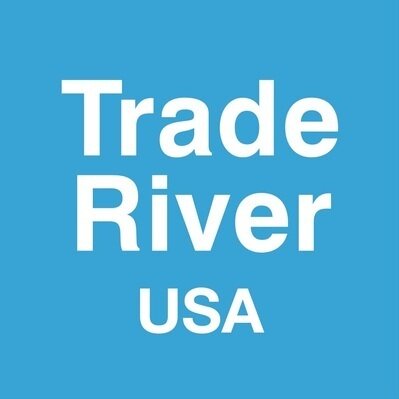Lunar New Year: Implications on Global Supply Chains
In a recent survey, Container xChange discovered shippers are predicting the Lunar New Year will add more complexities to the current global supply chain container shortage crisis. Although it is common for Chinese factories to shut down and for workers to travel home to be with their families during the new year, 2022 is unprecedented due to China’s recent pandemic travel policies. According to BBC, pre-pandemic new year celebrations saw as many as 3 billion trips were made across China, and was the world's largest annual migration of people.
The global Container xChange survey found:
60% of shipper and forwarder respondents placed orders early this year ahead of the Chinese New Year holidays in early February
Two-thirds of respondents expect Chinese New Year to “further disrupt” supply chains
Almost half of the respondents expect Chinese New Year factory closures to result in higher container prices and freight rates
In most cases, supply chains have a long runway time in preparation for Chinese factory shut downs for their annual new year celebrations. Because of this, supply chains typically plan very far in advance to secure enough stock during this time of year when their suppliers unplug and go offline. This year; however, is different. 2020 and 2021 were quite challenging for supply chains navigating a landscape that became increasingly disrupted overtime by economic downturns, worldwide lockdowns, surging shipping costs, a global container shortage, and order delays and backlogs.
“Even though it is unclear if China will allow millions of workers to travel for holidays this year due to strict Covid lockdown policies, shippers and forwarders are still expecting output from OEMs to decline significantly next month and are planning accordingly by shipping early,” said Dr Johannes Schlingmeier, co-founder and CEO, Container xChange.
The ordering early tactic has proven successful year after year so that supply chains are in a cash flow positive position and are able to maintain the right amount of inventory. This year, this approach may be the best line of defense supply chains have in order to withstand potential shock waves to the value chain. According to the survey’s findings, 60% of respondents have done just that and said they had planned accordingly for Chinese New Year factory closures by ordering inventory much earlier.
It isn’t all gray. While there is certainly a large amount of uncertainty looming, Schlingmeier went on to say that “One potential upside is that if we do have reduced output from China in February, this could allow container lines to get vessel schedules in slightly better order which could improve the equipment availability situation globally and especially in China.”

